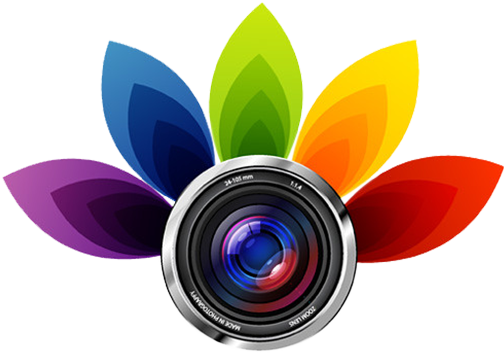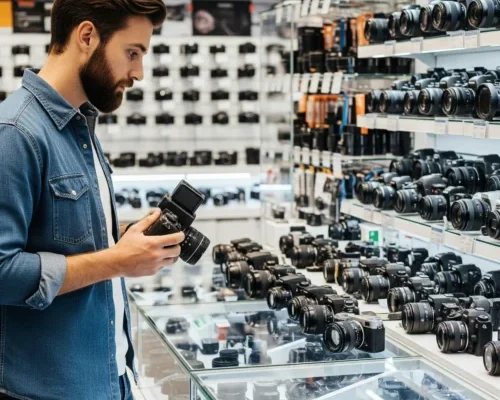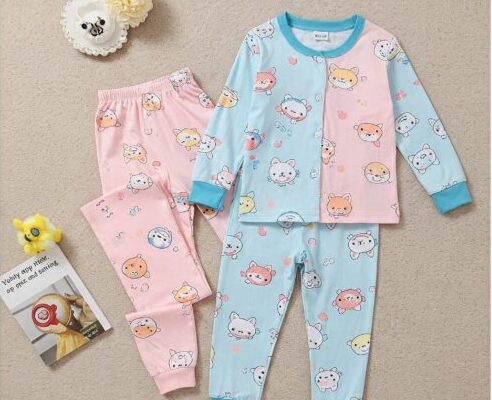Finding your dream camera can be tricky with so many models and features out there…

The Powerful Impact of Beautiful Product Photography
Impact of beautiful product photography: it’s not just about looking good; it shares your story, shows what’s important, and makes your brand look more professional and trustworthy. When done right, it can boost customer confidence and lead to more clicks, conversions, and sales. Simply put, beautiful product photos can be one of the most powerful marketing tools your business has.
In today’s world, people often judge products by how they look; good photos help customers notice and connect with your brand. Beautiful visuals can instantly grab attention, spark interest, and create a sense of trust. If it’s for your website, social media, or online store, high-quality images help your products stand out and speak for themselves.
Why Product Photos Matter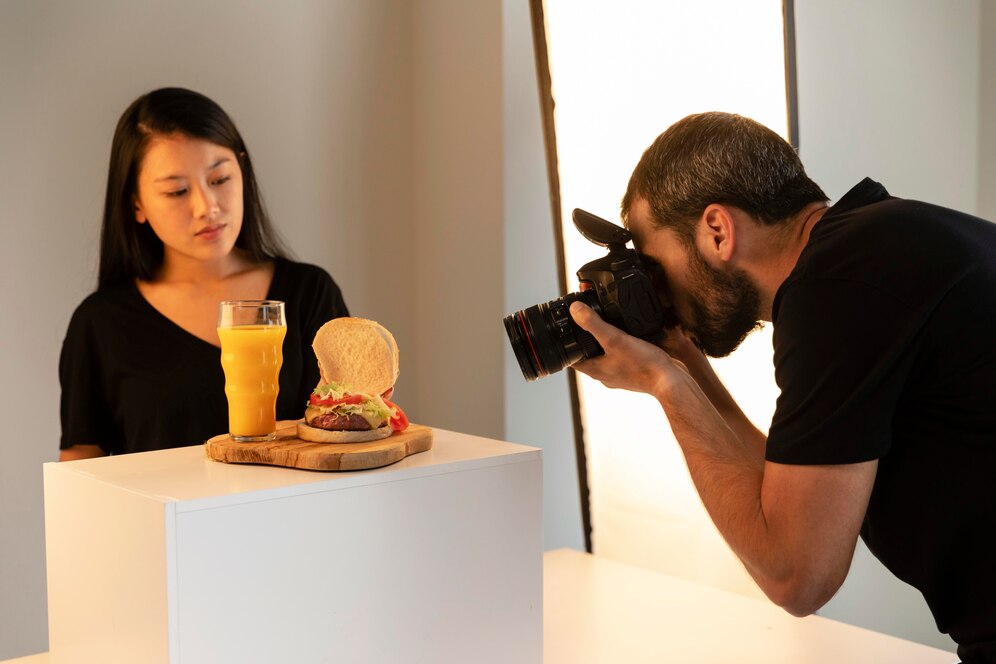
Product photos play an important role in online shopping. Since customers cannot physically touch or examine items, they rely heavily on images to make purchasing decisions. High-quality product photos provide a clear representation of what buyers can expect. Good photos show the product’s details, helping customers understand its value and whether it suits their needs. Bad photos can make them unsure and lead them to look elsewhere. A great photo can be the reason they decide to buy.
In addition to offering clarity, product photos help build trust with customers. Bright, detailed, and professional images give the impression that your brand is serious and trustworthy. They reflect the quality of the product and show that you’ve put effort into presenting it. On the other hand, low-quality or amateurish photos can make a brand seem unreliable. Good product photos don’t just sell the item; they create a feeling that makes customers confident in buying. In the competitive world of e-commerce, a product’s visual appeal can directly impact sales and customer loyalty.
How Photos Influence Buying Decisions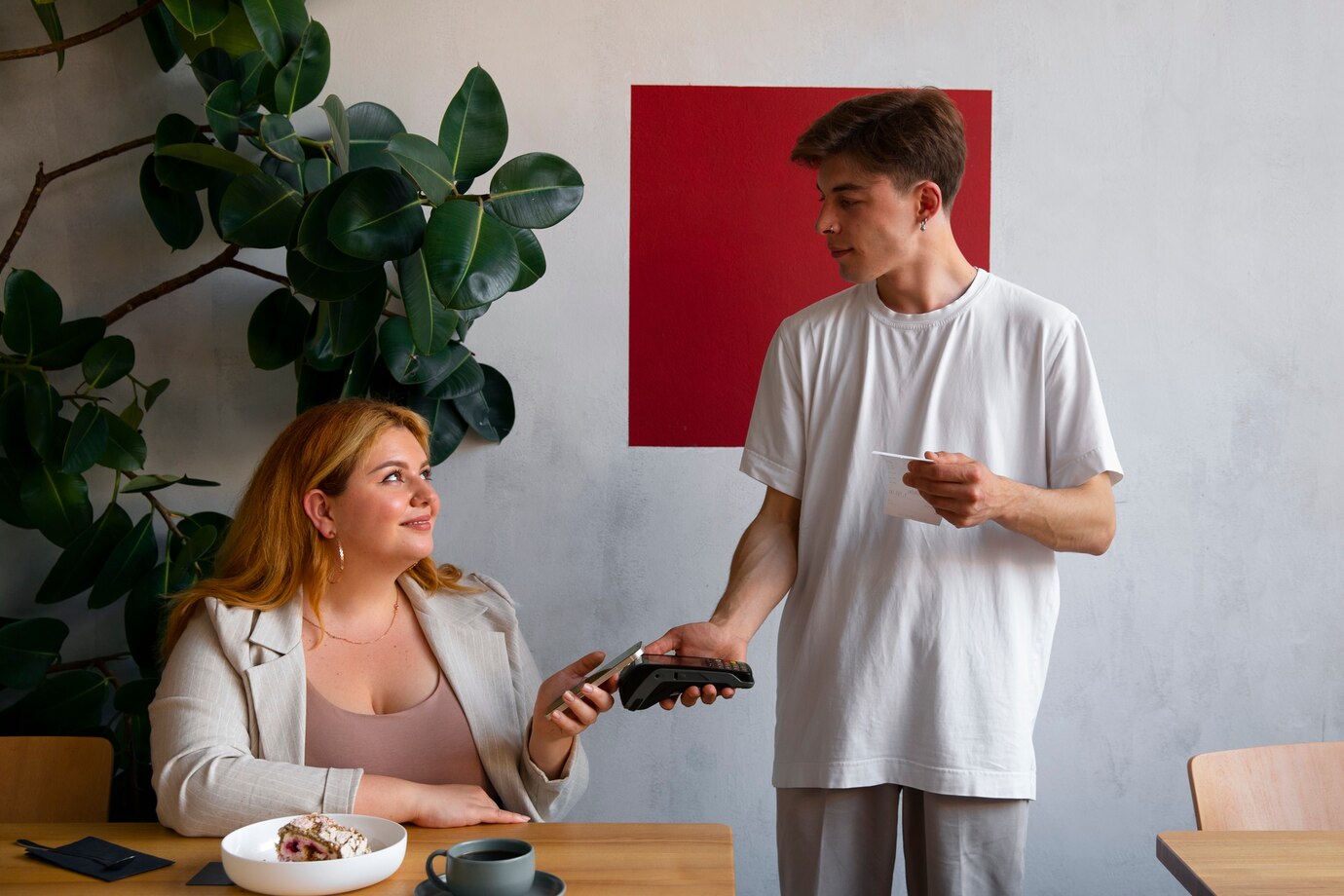
Photos have a powerful impact on buying decisions, especially in online shopping. Since customers can’t physically interact with a product, high-quality images become their primary source of information. A clear, detailed photo helps customers visualize how the product will fit into their lives. Good photos show the product from all sides, focus on key details, and include close-ups to help customers choose better. A bright, attractive photo can make a product feel more desirable and trustworthy, increasing the likelihood of a purchase. This is one of the impacts of beautiful product photography.
Poor-quality photos can do the opposite by making buyers unsure about the product. Blurry, dark, or unprofessional images may lead customers to question the product’s quality or the reliability of the brand. In fact, studies show that consumers are more likely to abandon a purchase if they don’t feel confident about what they’re buying. By investing in high-quality product photography, brands can influence customers’ decisions, build trust, and encourage purchases.
What is the Impact of Beautiful Product Photography?
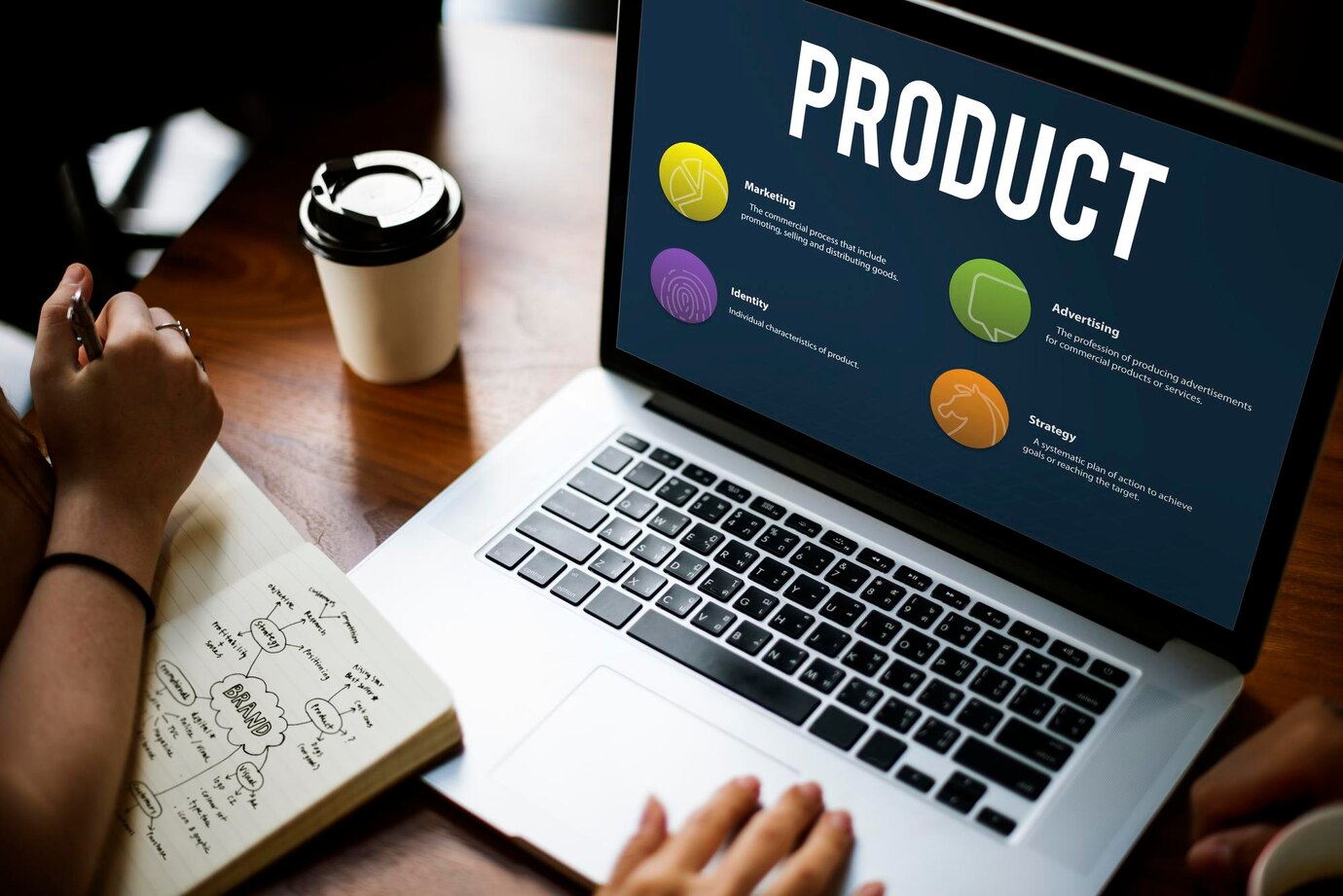
Creating a strong brand image involves crafting a consistent and recognizable identity that connects with your target audience. Your brand identity is built through things like your logo, colors, and especially your product photos. When all these elements work together harmoniously, they help your brand stand out and establish trust with consumers. Good product photos that match your brand’s style help show the image you want. Whether professional or fun, they should reflect your brand’s personality.
A strong brand image also creates a sense of connection with customers, making them feel like they belong or are part of something larger. It’s not just about selling a product but about creating an experience. When customers see a consistent and appealing brand online, it makes them trust your business more. Over time, this familiarity builds loyalty and encourages repeat purchases, helping your brand grow and thrive.
The Role of Lighting and Angles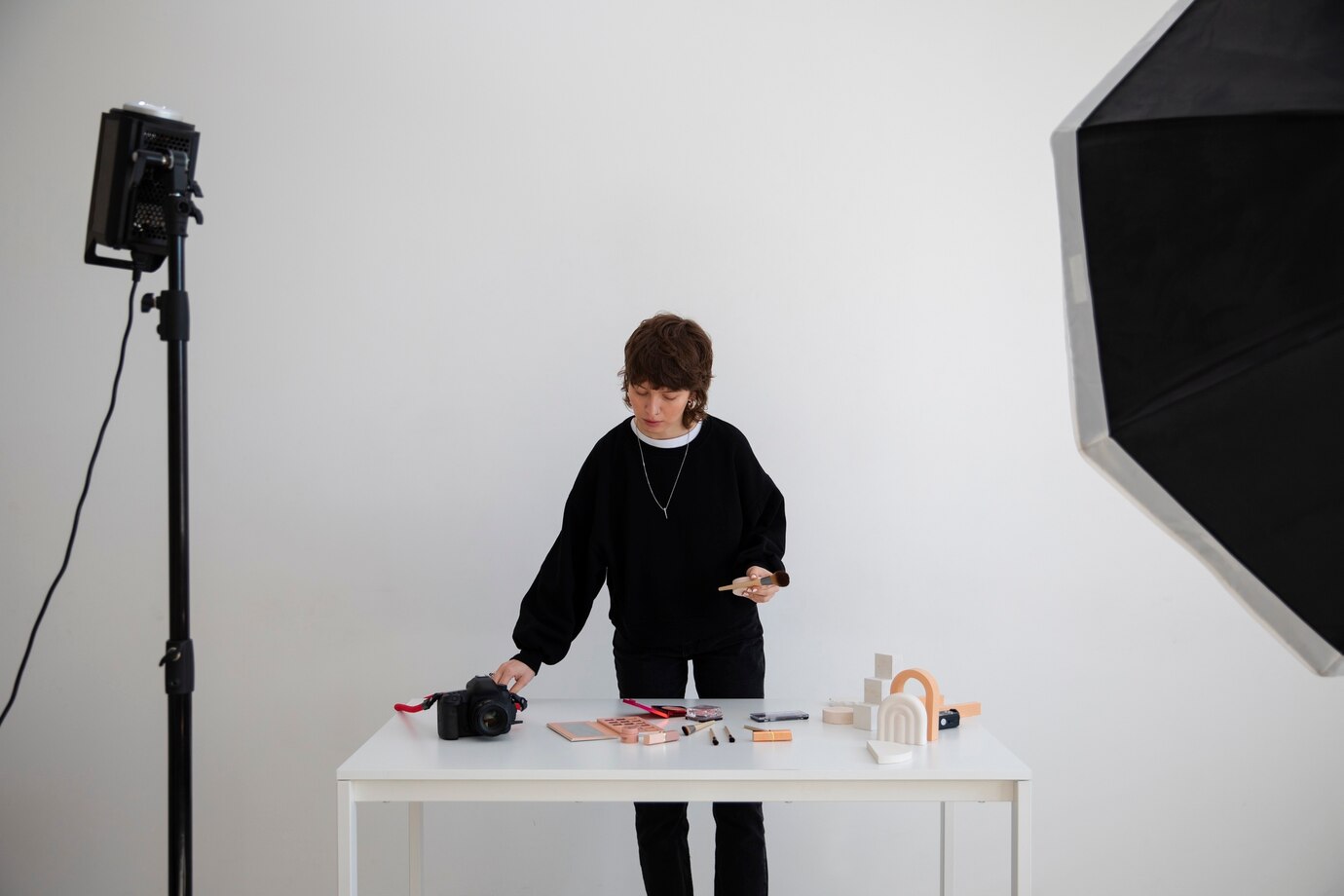
Lighting and angles play an important role in how a product is viewed in photographs. The right lighting can improve a product’s features by making it look brighter, more detailed, and more appealing. Natural light gives a soft, warm look, while artificial light offers more control to show details clearly. Adjusting the light helps highlight textures, colors, and shapes, making the product look its best. Good lighting also minimizes shadows and gets rid of any harsh glares that can distract from the product itself.
Angles, on the other hand, help guide the viewer’s eye and present the product in a nice way. The angle at which you shoot can completely change how the product is viewed. For example, a straight-on shot shows details, while side or overhead angles make the photo more interesting. Trying different angles and lighting helps your product stand out and catch attention.
Boosting Online Sales with Better Photos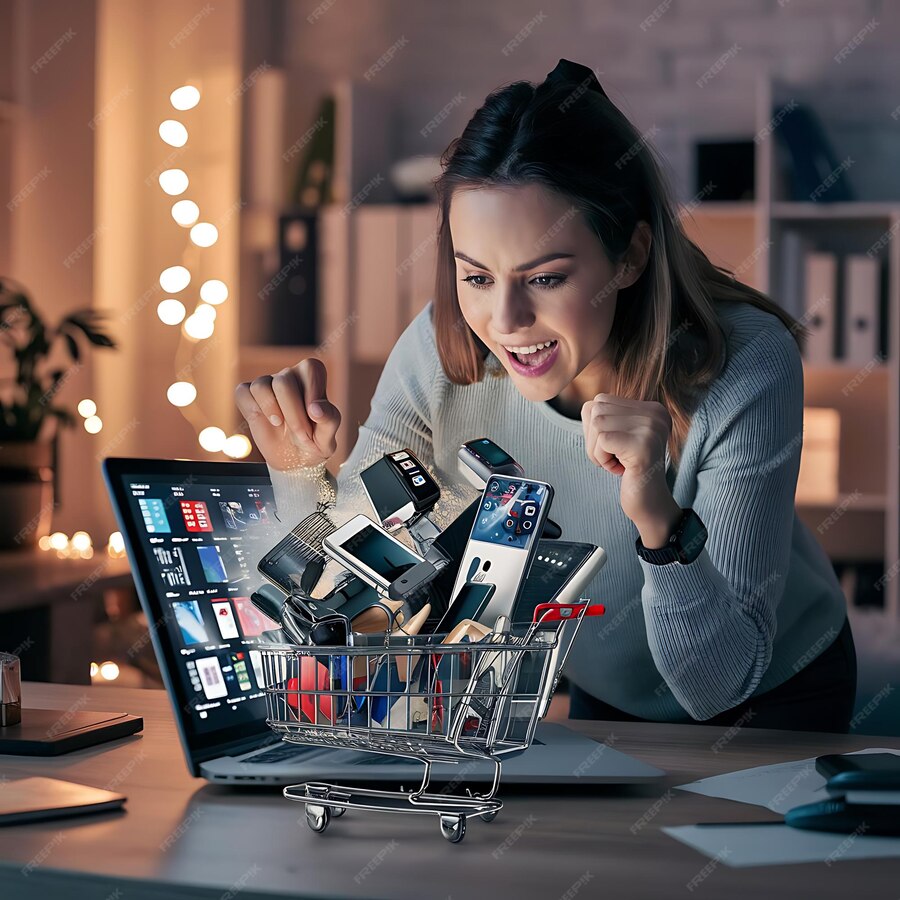
Better product photos have a direct impact on online sales by helping customers make informed purchasing decisions. Clear, bright, and visually appealing images give customers a better understanding of what they’re buying. When products are presented in the best light, it builds trust and confidence, encouraging customers to complete their purchases. Good images show off a product’s unique features, making it more appealing and helping it stand out from competitors. In a crowded online marketplace, a great photo can be the difference between a sale and a missed opportunity.
Investing in better photos doesn’t just improve product visibility; it can also improve the overall shopping experience. A visually appealing online store with consistent, professional images creates a more positive brand image and encourages repeat business. When customers see well-presented products, they’re more likely to share and recommend them, which boosts exposure and sales. In short, better photos can increase traffic, increase conversions, and ultimately boost your bottom line.
Common Mistakes to Avoid
In product photography, there are common mistakes that can lower the quality of your photos and hurt your sales. One of the most common mistakes is poor lighting. Without proper lighting, your product can appear shadowed, boring, or even blurry. It’s important to use consistent lighting to present your product’s details clearly and attractively. Another mistake is using busy or distracting backgrounds that take attention away from the product itself. A clean, simple background helps your product stand out and keeps the focus where it belongs.
Another common error is ignoring to take the product from multiple angles. Customers want to see the product from all sides to understand its full features. Shooting from just one angle can leave potential buyers with unanswered questions. Additionally, not properly editing photos can result in images that are blurry, poorly cropped, or misaligned. Taking time to set up, light, and edit your photos will make them look professional and help turn visitors into customers.
DIY vs. Professional Photography 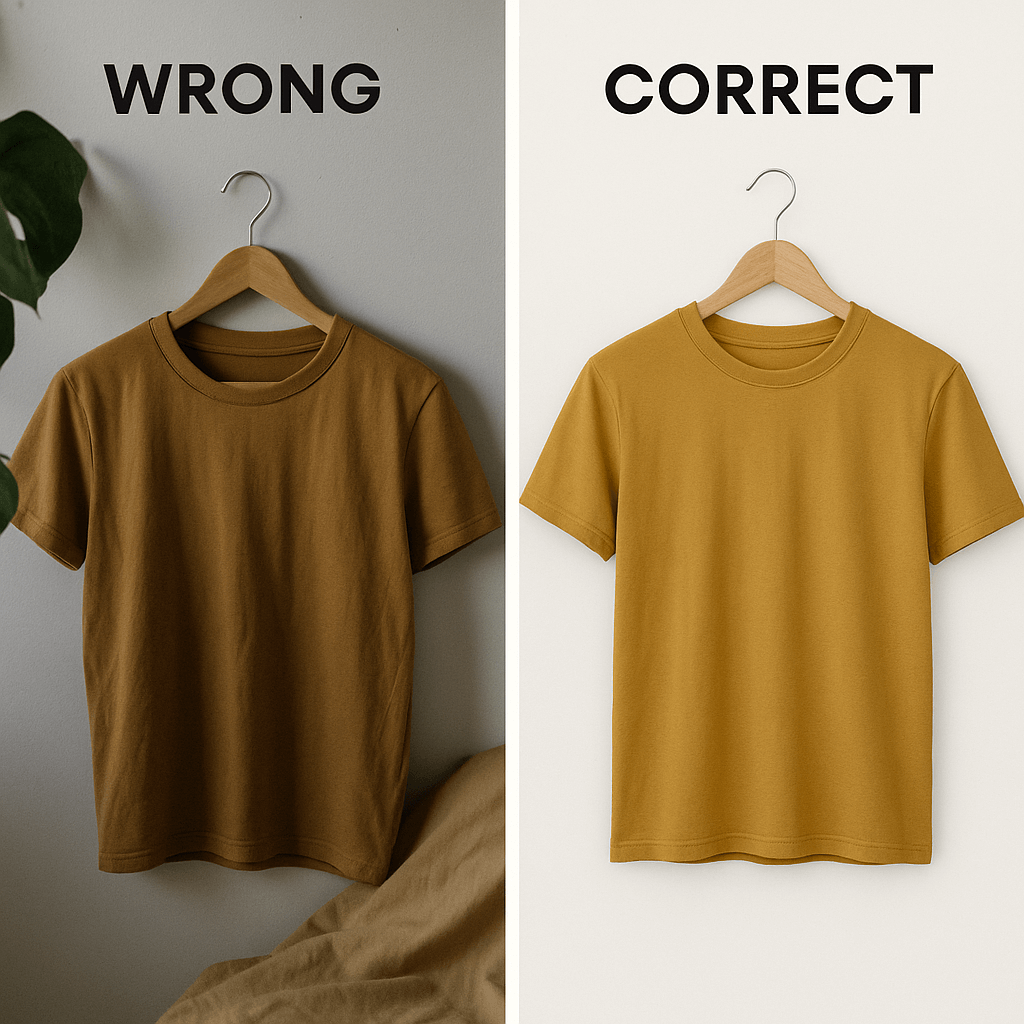
Businesses often have to choose between doing product photography themselves (DIY) or hiring a professional photographer. DIY photography can be a cost-effective solution, especially for small businesses or startups with limited budgets. With the right equipment, you can take decent photos on your own. However, achieving high-quality results requires knowledge of lighting, composition, and editing, which can be challenging without experience. While DIY can work for some, it often lacks the polished, consistent look that professional photos bring.
Professional photography, on the other hand, makes sure that your product photos are of the highest quality. A professional photographer has the skills, experience, and equipment to take your products in the nicest way possible. They use lighting and angles to showcase your products and can edit the images to make them even better. Though it’s a bigger investment, professional photos can boost your brand and lead to more sales.
Optimizing Photos for Web and Social
Optimizing photos for the web and social media ensures fast loading and good quality. Resize and compress images to fit the platform without losing quality. This helps maintain fast loading speeds while making sure the images look sharp and professional.
When optimizing for social media, it’s also important to consider the platform’s specific requirements. Each social network, like Instagram, Facebook, or Pinterest, has its preferred image size and aspect ratio. Using the correct dimensions will make sure your photos display properly and don’t get cropped or blurry. Additionally, adding descriptive alt text and relevant hashtags can help with SEO and increase the visibility of your images. Optimizing your photos ensures your products look great on all platforms, helping to engage your audience and increase sales.
Conclusion
Beautiful product photography is a powerful tool that can improve your brand and increase sales. High-quality images not only help present the product’s features but also build trust with your customers. When customers can see the details clearly and from different angles, they feel more confident in their purchase decisions. A good image can tell your brand’s story, grab attention, and connect with your audience, leading to more conversions.
Investing in great product photography boosts your online presence and improves the customer experience, making a strong first impression. When done right, product photography can make your products stand out, improve your brand image, and ultimately increase sales. It’s a key element in creating a memorable shopping experience that encourages customer loyalty and repeat business.
Read Next: The Remarkable Impact of Marketing on Consumer Decisions
